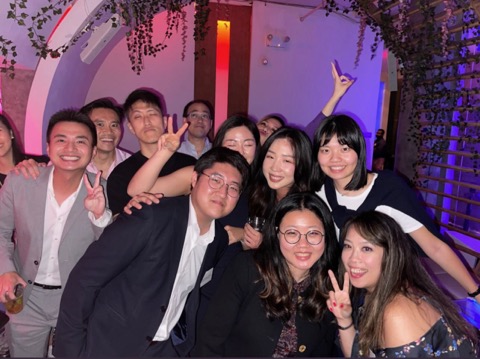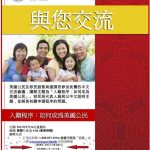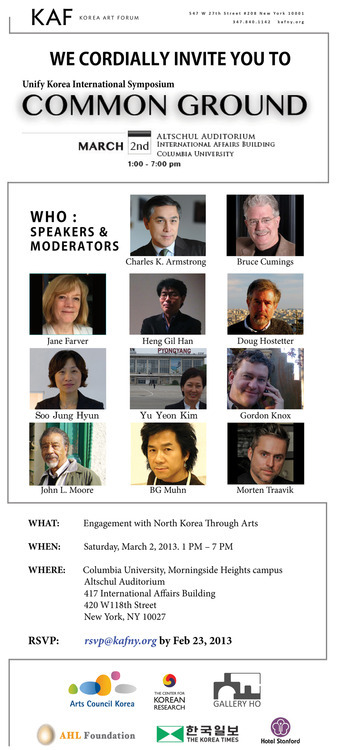
On July 25, 2023, the Asian American Bar Association of New York (AABANY) organized a successful Summer Happy Hour Mixer. Spearheaded by the Corporate Law Committee, Membership Committee, and Commercial Bankruptcy and Restructuring Committee, the mixer was sponsored by the renowned law firm, Allen & Overy. The event organization was effectively handled by Tracy Feng, a Structured Credit Partner at Paul Hastings; Ashley Wong, an M&A Associate at Sidley Austin; and Jinny Lim, a Summer Associate at Paul Hastings. Their meticulous planning resulted in a well-coordinated event that drew close to 50 attendees.

The environment encouraged the exchange of ideas and facilitated networking with experienced Partners and Associates from a variety of firms. The mixer provided a platform for attendees, which included Summer Associates from top law firms, in-house counsels, solo practitioners, and government attorneys, to engage in professional dialogues. As the event progressed, the atmosphere shifted from professional networking to shared entertainment, with karaoke serving as a fun conclusion. This shift emphasized the balance AABANY promotes between professional growth and community bonding.

The Summer Happy Hour Mixer effectively embodied AABANY’s commitment to community, professional development, and engagement. We extend our gratitude to the AABANY Committees and Allen & Overy for their contribution to this enjoyable event.
To learn more about the Corporate Law Committee, please click here.
To learn more about the Membership Committee, please click here.
To learn more about the Commercial Bankruptcy and Restructuring Committee, please click here.






